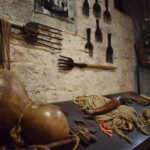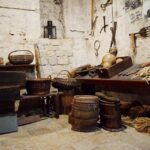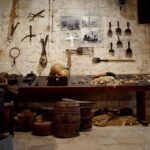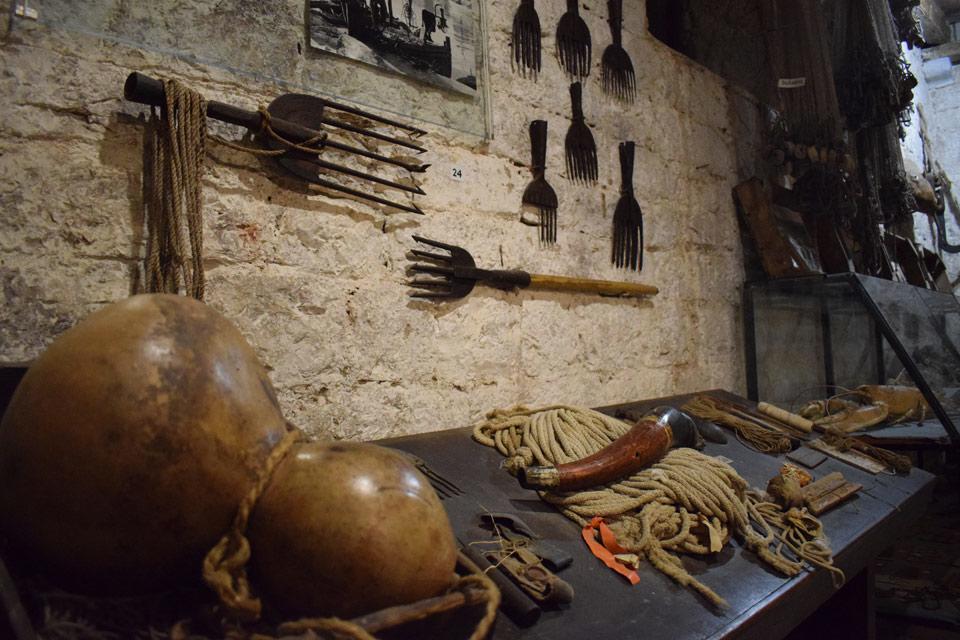
The Fishermen’s Museum, Vrboska
The development of Vrboska in the 15th century was directly connected with sardine fishing. In later times, agriculture grew in importance alongside fishing.
It was in order to preserve the memory of the importance of Vrboska’s fishing history that the then Centre for the Protection of Hvar’s Cultural Heritage founded the Fishermen’s Museum in Vrboska in 1972.
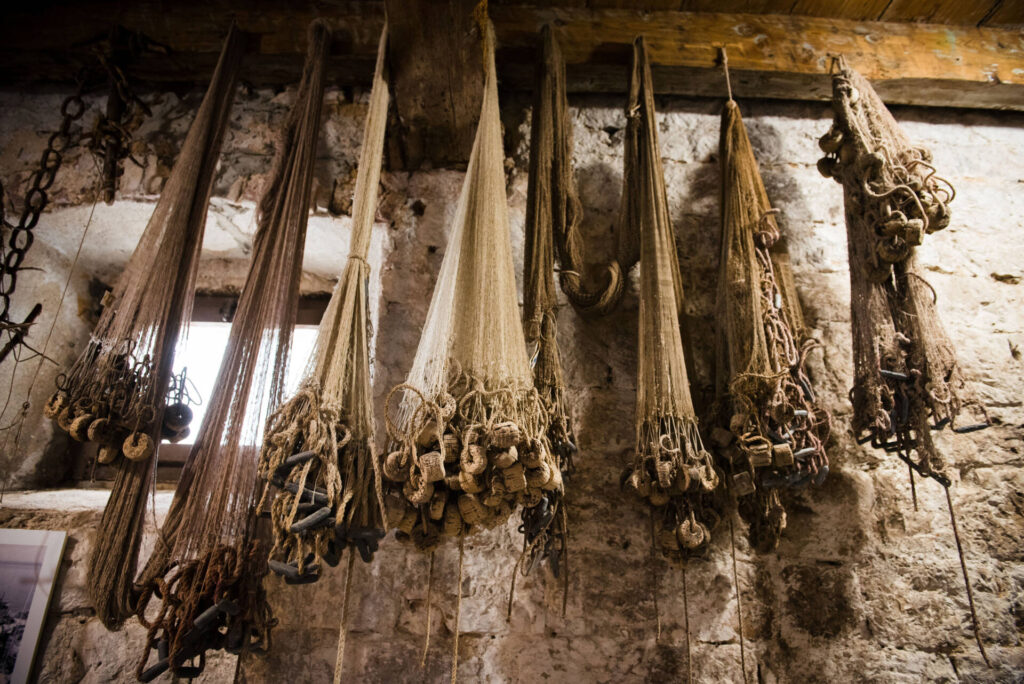
Today, the museum’s collection forms an integral part of the Municipal museum of Jelsa. Most of the exhibited objects were owned by fishermen’s families from Vrboska and other settlements on the island. They are specific to the second half of the 19th and first half of the 20th century, a period in which fishing and shipping were important economic activities in Dalmatia.
The collection includes numerous objects which illustrate traditional fishing techniques and the fishermen’s lifestyle, specific not only to the island of Hvar but to the Adriatic as a whole, since similar or identical tools were used on other islands and along the coastline.
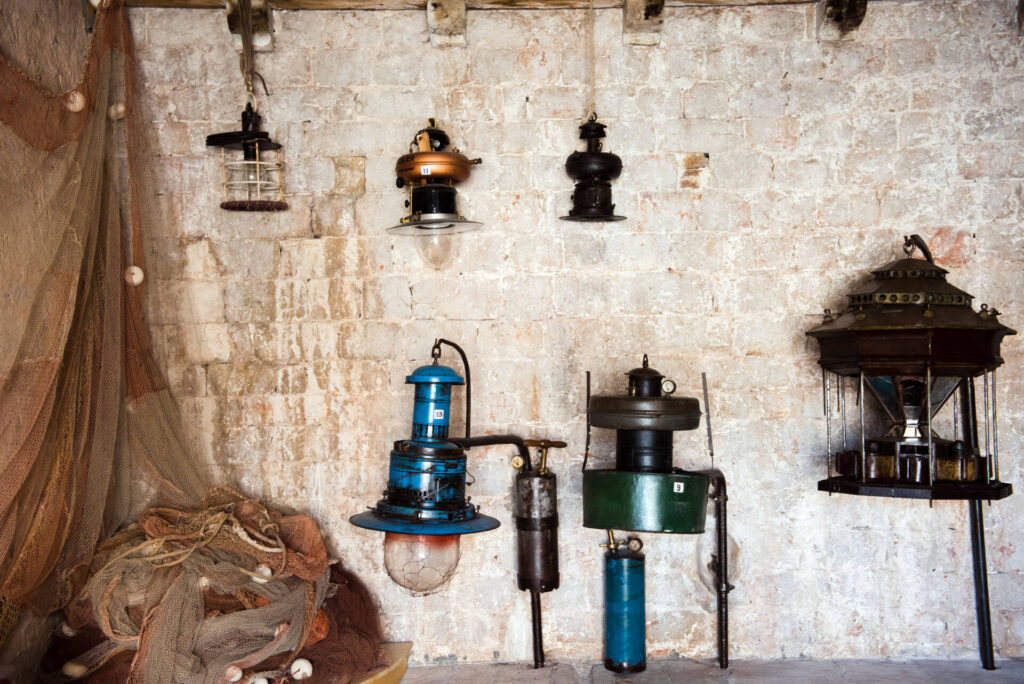
One part of the collection is dedicated to fishing for small pelagic species, a dominant form of fishing in the history of Dalmatia. A specific form of fishing “under lamplight” (“pod sviću”) was traditionally performed by burning pine wood on an iron grid (“svićalo”) mounted on the boat’s bow. The collection also includes other types of fishing lights used in later periods, as well as many of the tools used for catching and processing fish, such as tridents, fishing hooks, longlines, many different types of fishing nets, tools for mending the nets and sails, wooden barrels (“barili”) for preserving salted fish, and the tools needed to make these barrels. There is also equipment from the former sardine factory in Vrboska, which was founded in 1894 by the Société General Française, a company from Trieste. There is a section in the museum dedicated to taxidermic specimens of fish, crabs, shellfish and sponges, giving visitors a real vision of the rich underwater fauna of the Adriatic. Another section comprises the utensils used in the traditional fisherman’s simple cuisine, reflected in their economical, rational and seasonal approach to food.




